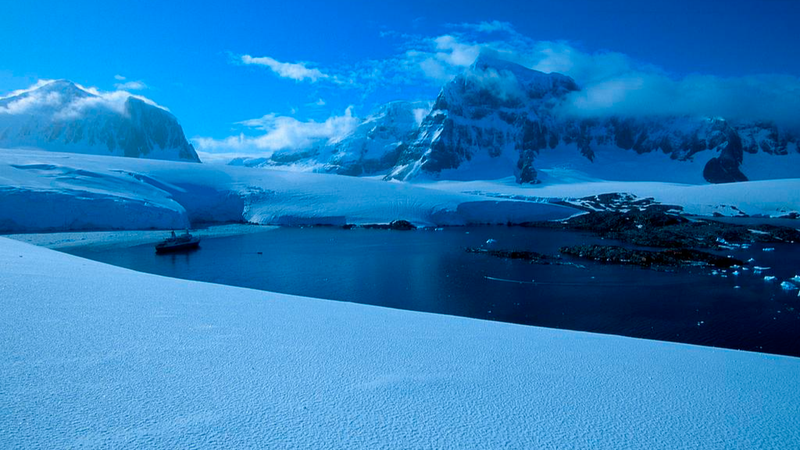The Antarctic is revealing a new climate wildcard: methane seeps in the Ross Sea that are appearing faster than ever before. Earth Sciences New Zealand reports the discovery of over 40 new seep sites in shallow coastal waters.
What Are Methane Seeps? They are locations on the seafloor where methane escapes from reservoirs under the seabed, rising in streams of bubbles that reach the surface. Methane traps 80 times more heat than carbon dioxide over two decades, making these releases a potent climate factor.
“The first seep was found by chance in 2012, and since then they’ve been cropping up at a remarkable rate,” says marine scientist Sarah Seabrook. A similar trend has been noted in Arctic waters, signaling a broader shift in polar methane dynamics.
Key findings from the recent study in Nature Communications:
- Exploration depths ranged from 5 to 240 meters using remotely operated vehicles and ice divers.
- Dozens of new seeps were mapped around Cape Evans, far beyond the single known site.
- These emerging sources could release methane not yet factored into climate models.
Seabrook warns that if Antarctic seeps mirror global systems, large amounts of methane could hit the atmosphere quickly, intensifying warming trends. It begs the question: what will the Antarctic coastline look like in five or ten years?
The team plans to return this season despite thinning sea ice limiting access to key areas. As the planet warms, uncovering these hidden feedback loops becomes critical for shaping future climate action.
Reference(s):
Rapid increase of Antarctic methane seeps raises climate concerns
cgtn.com




